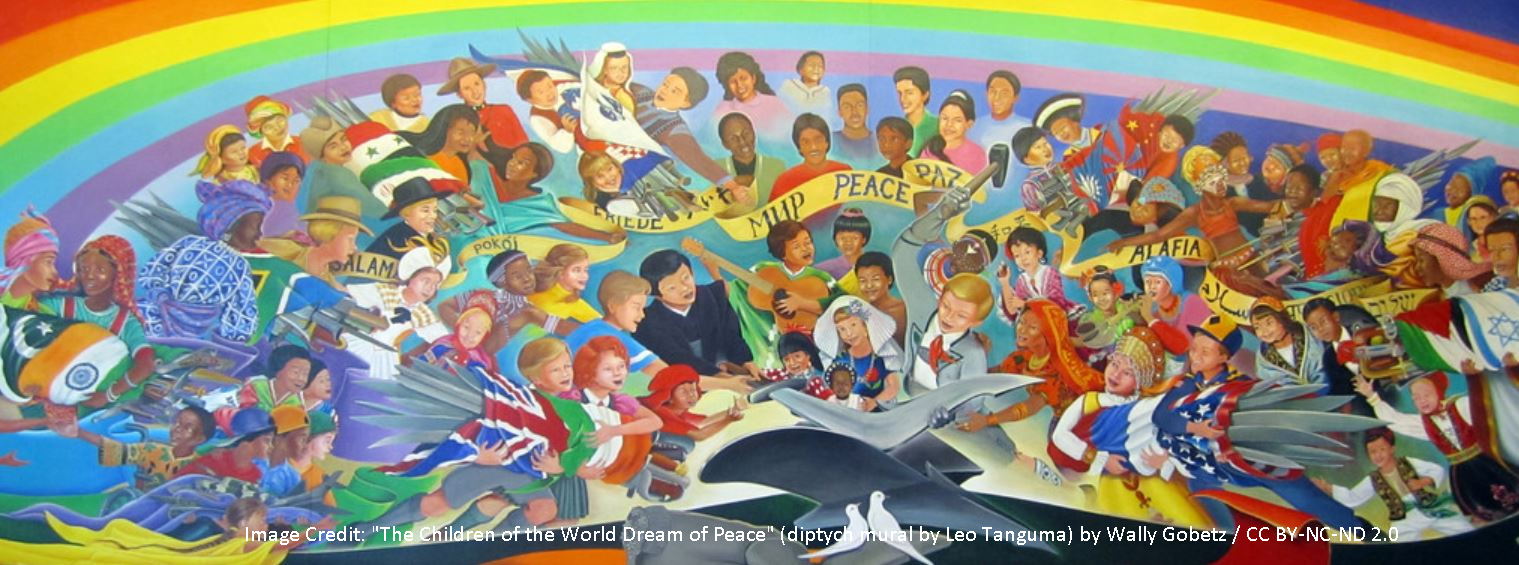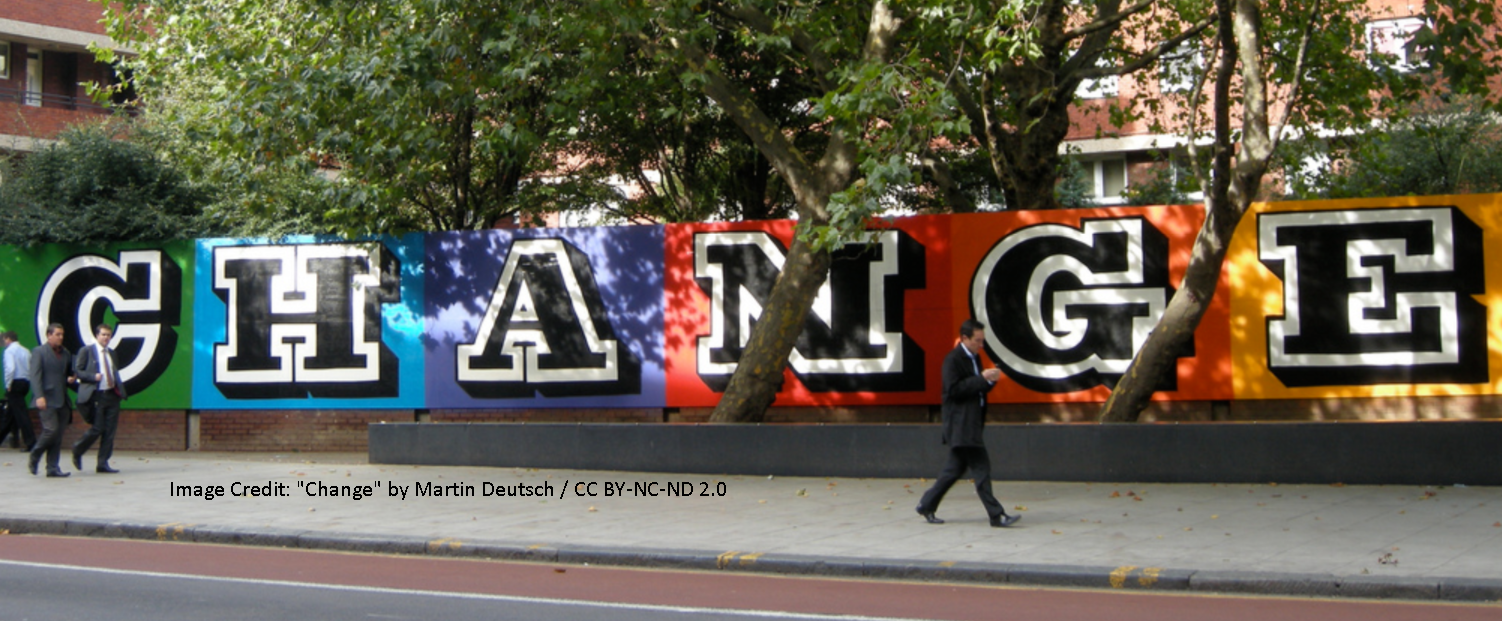Towards higher education in service of humanity
Towards higher education in service of humanity Patrick Blessinger and Mandla Makhanya St. John's University (NYC), USA and University of South Africa The growing importance of education at all levels and the inclusion of more stakeholders in the educational enterprise has sparked debate about the fundamental nature and purpose of higher education (that is, what type of good is education?). Traditionally, viewed from an economic perspective, higher education has been treated largely as a public good. Since the United Nations Universal Declaration of Human Rights was adopted in 1948, this public good view has been reinforced by the view that education is also a human right. These factors, together with the increased demand for higher education to meet the economic development needs of the post-World War II economies, resulted in a huge increase in government support for higher education. This factor further solidified the notion of higher education as a public good. However, [...]


